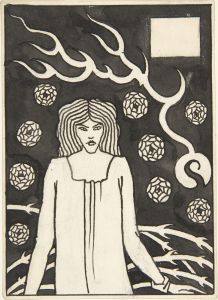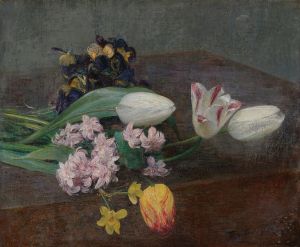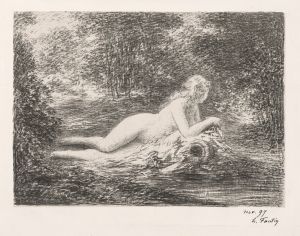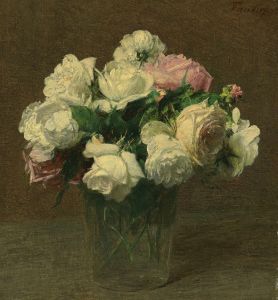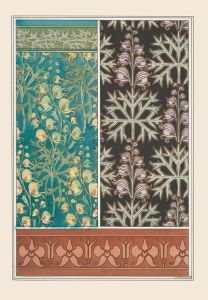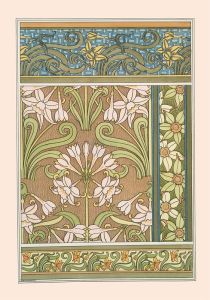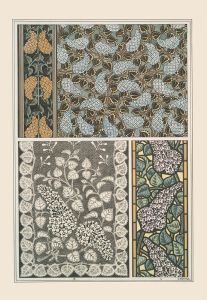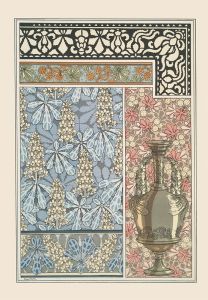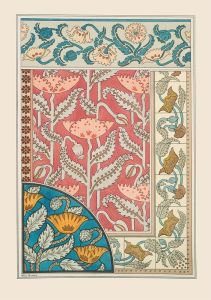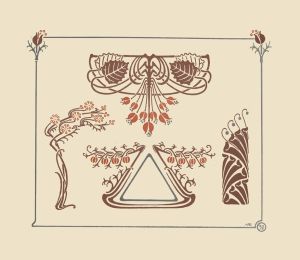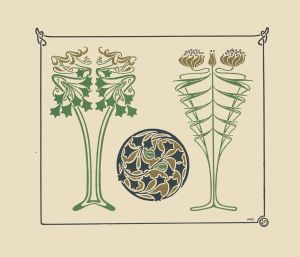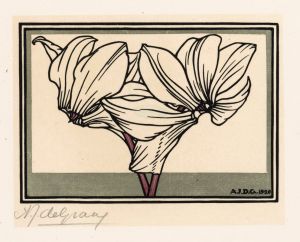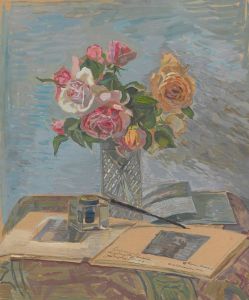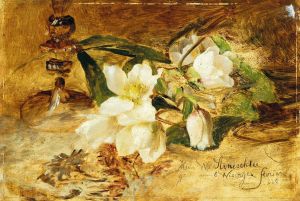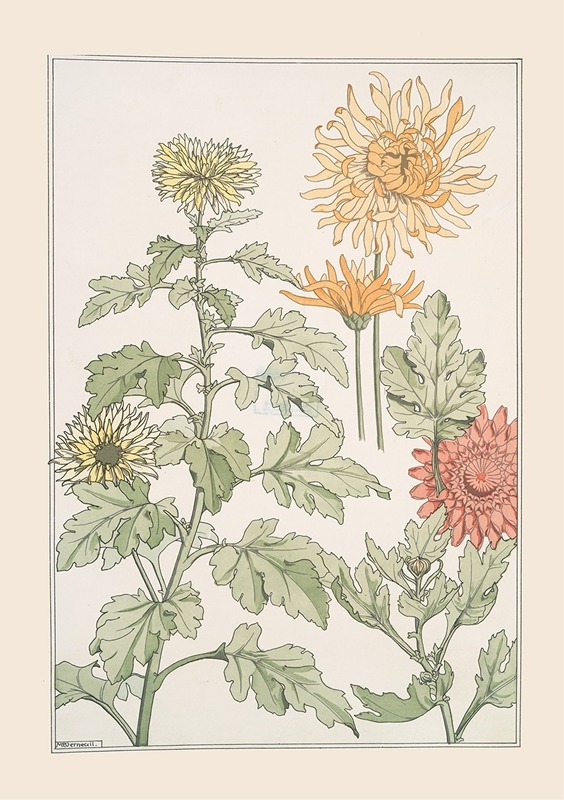
Chrysanthème
A hand-painted replica of Maurice Pillard Verneuil’s masterpiece Chrysanthème, meticulously crafted by professional artists to capture the true essence of the original. Each piece is created with museum-quality canvas and rare mineral pigments, carefully painted by experienced artists with delicate brushstrokes and rich, layered colors to perfectly recreate the texture of the original artwork. Unlike machine-printed reproductions, this hand-painted version brings the painting to life, infused with the artist’s emotions and skill in every stroke. Whether for personal collection or home decoration, it instantly elevates the artistic atmosphere of any space.
Maurice Pillard Verneuil (1869–1942) was a French artist and designer known for his contributions to the Art Nouveau movement. He specialized in decorative arts, including posters, ceramics, and textiles, and was particularly celebrated for his innovative use of natural motifs. One of his notable works, Chrysanthème, exemplifies his mastery of floral designs and his ability to integrate natural forms into decorative compositions.
Chrysanthème (Chrysanthemum) is a decorative artwork that reflects Verneuil's fascination with botanical subjects, a hallmark of the Art Nouveau style. The piece features a stylized depiction of chrysanthemums, a flower often associated with longevity and elegance in various cultures. Verneuil's approach to the subject emphasizes the organic curves and intricate details of the flower, showcasing his skill in blending naturalism with abstraction. The composition is characterized by its rhythmic patterns, harmonious color palette, and a sense of movement that draws the viewer's eye across the design.
This work is part of Verneuil's broader exploration of nature as a source of artistic inspiration. He was heavily influenced by the Japanese art movement, particularly ukiyo-e prints, which often depicted flowers, plants, and other elements of the natural world with a similar attention to detail and stylization. Verneuil's admiration for Japanese aesthetics is evident in Chrysanthème, where the balance between simplicity and complexity mirrors the principles of Japanese design.
Chrysanthème was likely created as part of Verneuil's efforts to produce decorative panels or illustrations intended for use in interior design or publications. During his career, Verneuil collaborated with other prominent artists and designers, including Eugène Grasset, and contributed to influential pattern books and design manuals. These publications aimed to provide inspiration and practical resources for artists, architects, and craftsmen working in the Art Nouveau style.
The exact date of creation for Chrysanthème is not definitively documented, but it aligns with Verneuil's active period in the late 19th and early 20th centuries. The artwork is often reproduced in collections and exhibitions that celebrate the Art Nouveau movement, highlighting its enduring appeal and the artist's significant role in the development of decorative arts during this period.
Maurice Pillard Verneuil's Chrysanthème remains a testament to the Art Nouveau ethos of drawing inspiration from nature and transforming it into art that is both functional and beautiful. The piece continues to be appreciated for its artistic merit and its contribution to the legacy of decorative design.





